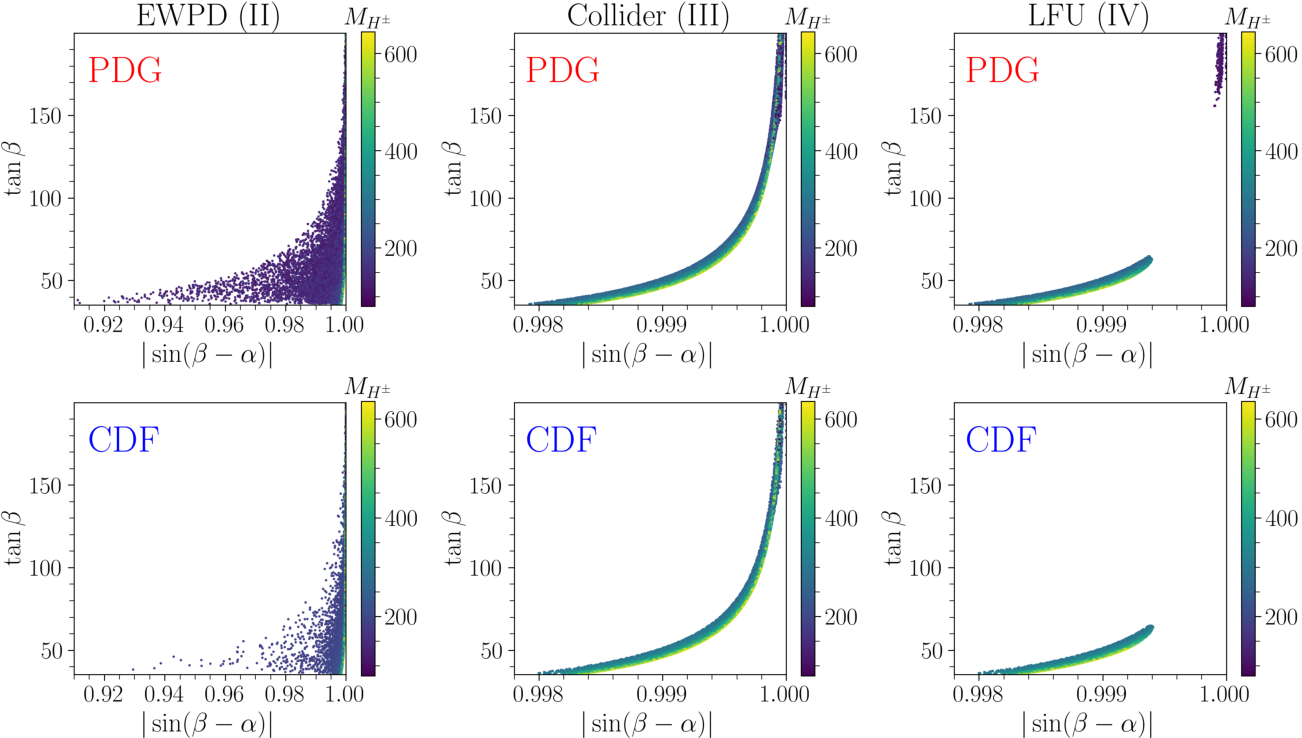
Lisboa), together with collaborators from University of Valencia, Monash University and The Chinese University of Hong Kong, has proposed an alternative explanation for the origin of the signal GW190521: the collision of two exotic objects known as boson stars, which are one of the most solid candidates to form what we know as dark matter and make up 27% of the Universe. Nicolás Sanchis-Gual, a postdoctoral researcher at the University of Aveiro and the Instituto Superior Técnico (Univ. Juan Calderón Bustillo, “La Caixa Junior Leader – Marie Curie Fellow”, at the Galician Institute of High Energy Physics (IGFAE), joint center of the University of Santiago de Compostela and Xunta de Galicia, and Dr. In an article published today in Physical Review Letters, a team of scientists lead by Dr. If what we think we know about how stars live and die is correct, the heaviest of the colliding black holes (85 solar masses) could not form from the collapse of a star at the end of its life, which opens up a range of doubts and possibilities about its origin. In addition, this observation came with an enormous challenge. This discovery is of paramount importance, as such black holes were the missing link between two well-known black-hole families: the stellar-mass black holes that form from the collapse of stars, and the supermassive black holes that hide in the center of almost every galaxy, including the Milky Way. The latter black hole was the first of a new, previously unobserved, black-hole family: intermediate-mass black holes. According to their analysis, the signal was consistent with the collision of two heavy black holes, of 85 and 66 times the mass of the sun, which produced a final black hole with 142 solar masses. On September 2020, the LIGO and Virgo collaborations (LVC) announced to the world the gravitational-wave signal GW190521. The latter may, however, have already happened.

The promise of gravitational waves goes, however, much further than this as these should eventually provide us with evidence for previously un-observed and even un-expected objects and shed light on current mysteries like the nature of dark matter. All of these were originated in the collision and merger of two of the most mysterious entities in the Universe, black holes and neutron stars, allowing us to deepen in our knowledge about these objects. To date, these detectors have already observed around 50 gravitational-wave signals. Since 2015, the humankind can detect and interpret gravitational waves thanks to the two LIGO detectors (Livingston and Hanford, USA) and Virgo (Cascina, Italy) detectors. These originate in the most violent events of our Universe, carrying information about their sources. Gravitational waves are ripples in the fabric of spacetime that travel at the speed of light.

This would be the first evidence of the existence of these hypothetical objects that constitute one of the main candidates to form dark matter, which makes up 27% of the Universe. An international team of scientists led by the Galician Institute of High Energy Physics (IGFAE) and the University of Aveiro shows that the heaviest black hole collision ever observed, produced by the gravitational-wave GW190521, might actually be something even more mysterious: the merger of two boson stars.


 0 kommentar(er)
0 kommentar(er)
